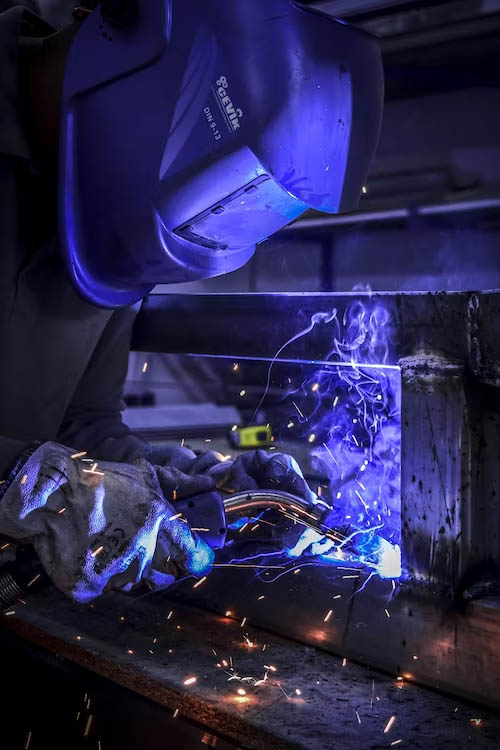The risk of car wash brushes causing scratches is a valid concern for vehicle owners, but the answer isn’t a simple yes or no. It depends on the type of brushes, maintenance practices, and your car’s condition. Let’s unpack the risks, science, and solutions to keep your paint safe.
Types of Car Wash Brushes
- Nylon Bristle Brushes:
- Traditional stiff-bristled brushes (common in older washes).
- Risk: High. Over time, bristles harden and trap abrasive debris (sand, grit) that can mar clear coats.
- Soft Cloth/Foam Brushes:
- Modern systems using microfiber or closed-cell foam materials.
- Risk: Moderate. Softer materials reduce scratch risk but can still drag contaminants if not cleaned regularly.
- Hybrid Systems:
- Combine gentle cloth strips with high-pressure rinse cycles.
- Risk: Low to moderate. Better at flushing debris away during cleaning.
Factors That Increase Scratch Risk
- Poor Maintenance: Brushes not cleaned daily accumulate grit. A study by the International Carwash Association found that unwashed brushes harbor 3x more particulates than cleaned ones.
- High-Traffic Washes: Facilities washing 200+ cars/day may not rinse brushes thoroughly between cycles.
- Older Vehicles: Faded clear coats or existing scratches are more vulnerable to further damage.
- Environmental Debris: Washes in sandy or dusty areas (e.g., coastal regions) pose higher risks.
What the Data Says
- Swirl Mark Study: A 2022 test by Auto Detailing Weekly compared 50 cars washed 10x each at different facilities:
- Stiff Bristle Brushes: 90% developed visible swirl marks.
- Soft Cloth Brushes: 35% had minor swirls.
- Touchless Washes: 5% showed swirls (caused by pre-existing dirt).
- Ceramic Coating Impact: Cars with ceramic coatings had 60% fewer scratches when using soft-cloth brushes vs. uncoated vehicles.
Expert Recommendations
- For New/Coated Cars:
- Avoid stiff bristle brushes entirely. Opt for touchless or hand washes.
- If using soft-cloth brushes, ensure the facility uses “spot-free” rinse water to minimize residue.
- For Older/Uncoated Cars:
- Soft-cloth systems are generally safe if the wash visibly maintains equipment.
- Apply a spray wax ($10–$20/bottle) monthly to add a sacrificial layer.
- Ask Questions:
- “How often do you clean/replace brushes?” (Look for daily maintenance.)
- “Do you pre-soak vehicles?” (Pre-soaking loosens dirt, reducing brush friction.)
Preventive Measures at Brushed Washes
- Pre-Rinse: Use a self-service bay’s pressure wand to blast off loose dirt before entering the automated wash.
- Avoid Peak Times: Visit early morning or weekdays when brushes are cleaner.
- Inspect Immediately: Dry the car with a microfiber towel post-wash to check for new marks.
When to Skip Brushes Entirely
- After off-roading or driving on gravel roads (mud cakes abrasive particles into paint).
- If the car has fresh paint (< 30 days old) or vinyl wraps.
- For luxury/exotic vehicles with delicate finishes (e.g., matte paint).
The Bottom Line
Modern soft-cloth brushes at well-maintained facilities pose minimal scratch risk for most daily drivers. However, stiff bristle brushes—especially at poorly managed washes—can inflict swirls or fine scratches over time. For absolute safety:
- Prioritize touchless or hand washes for newer/expensive vehicles.
- Use brushed systems sparingly and pair with protective coatings.
- Monitor your paint annually with a detailer’s inspection.
Pro Tip:
If you must use a brushed wash, apply a rinseless wash product (e.g., ONR) at home afterward to lubricate and lift any residual contaminants.
By understanding brush types and facility practices, you can make informed choices that balance convenience with paint preservation. When in doubt, invest in regular detailing to correct micro-scratches before they escalate.



